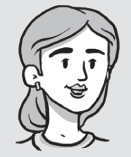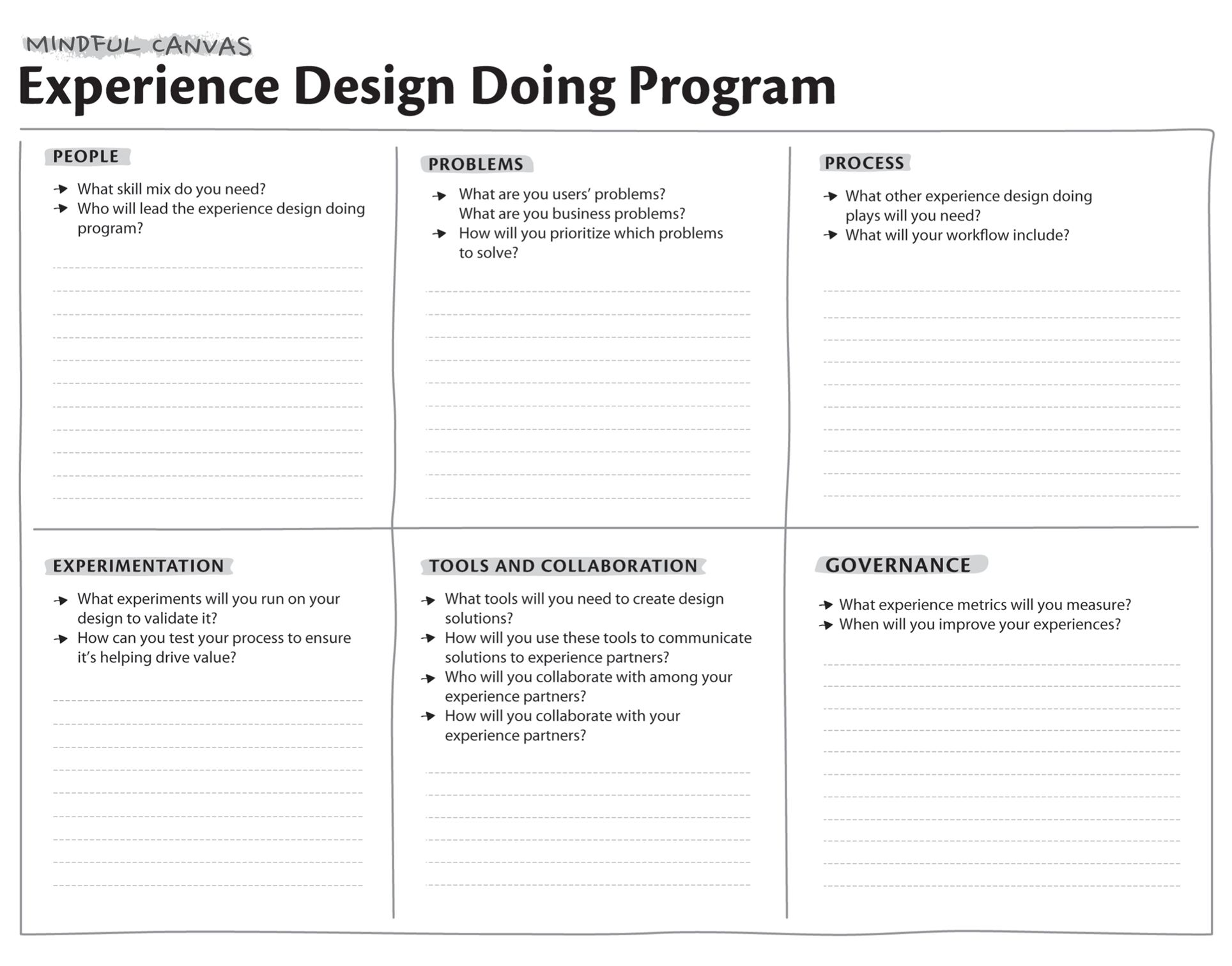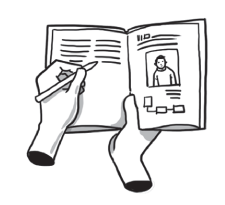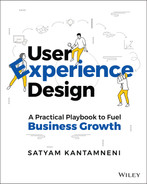CHAPTER 44
EXPERIENCE DESIGN DOING PROGRAM PLAY: How do I run an effective Experience Design Doing Program?
Businesses that prioritize product experience or experience transformation cannot succeed without a well‐structured experience design doing program. This program helps build structure and rigor around all aspects of design doing so the practice can consistently design high‐quality experience solutions.

Who Are the Key players in the Experience Design Doing Program play?
| ROLE | WHO’S INVOLVED | RESPONSIBILITIES |
|---|---|---|

DRIVER |
|
|

CONTRIBUTOR |
|
|

THE HOW
To build an effective experience design doing program, you need to be mindful of:
1. Determining the PEOPLE and Skills That Will Drive You to Success
The people who make up your team are one of the cornerstones of how you structure your experience design doing program.
When building your team for a design doing program, be mindful about hiring:
- An interaction designer to solve workflow, framework, and interaction behavior related design problems (DPs)
- A visual designer to solve visual related DPs
- A content designer to solve content related DPs
- A user researcher to help facilitate user research experiments
- Peer practitioners who are collaborating with the above experience practitioners.
- An experience strategist to establish and govern the processes with a focus to drive the user and business problems
2. Identifying the PROBLEMS You Want to Solve
Make sure that the program is working with and solving the most relevant design problems identified through the product thinking process. (Chapter 34: “Design Problems and Opportunities Play”)
If you’re thorough, you will end up with an incredibly large list of problems to solve. But unfortunately you can’t solve every problem. Once you’ve identified the pool of possible problems to solve, prioritize them and work toward a manageable scope for you and your team.

3. Defining Your PROCESS
A rigorous design process is critical for designing high‐quality digital experiences. It needs a systemic, collaborative, and highly traceable approach for crafting solutions for a variety of design problems.
When establishing your experience design doing process, always start with an ecosystem system level perspective to ensure that you do not get blindsided by a myopic solution. Regardless of your focus, try not to cut corners from a process standpoint, you will always need to run the following structure:
- Ecosystem/workflows: Ensure that you understand and optimize the overall system, its inter‐relationships, before getting into the details.
- Detailed design: Ensure iteration in the actual design, from sketches to visual experience. The devil is in the details (interaction/visual/content), so make sure that you allocate enough time for collaboration and iteration.
- Design system: Establish the source of truth for all relevant design specifications, making development consistent and scalable. Try not to solve the same design problems in different contexts, leverage the design system to bring efficiency throughout the process.
- Design QA: Enable the experience practitioner to frequently review whether functionality is impacting as designed. Allocate frequent and consistent time to QA the solution as it is being built.
4. Validating Experience Design via EXPERIMENTATION
As you are iterating and designing solutions for the various design problems, think through how you’ll validate the solutions to those experiences: What do you need to discover? What kind of tests will you run, and when? What stimuli will you need? By testing hypotheses through experiments you will mitigate business risk, and above all get data to further improve the designs.
Most effective experience design doing programs consistently experiment by leveraging some type of summative method (Chapter 25: “Picking a Research Method Play”), typically in the form of a usability study where a user’s actions are actively observed, or in the form of an A/B test.
Make sure the program has experimentation built out to ensure that the designs get from good to great through user feedback.
5. Identifying the TOOLS You Need to Succeed and Who to COLLABORATE With
Due to the increasing impact of user experience design in business transformation, a ton of tools are being created and introduced in the market, and are fairly affordable.
Identify the tools that work in your organization and be consistent in leveraging them across your design process.
Some of the tools that you would need to be aware of in your design doing process would include (but are not limited to)
- For design definition/workflows: Miro, Mural, Whimsical;
- For detailed design: Figma, Sketch+Abstract, AdobeXD;
- For prototyping: UXPIN, Justinmind, Principle;
- For experimentation: UserTesting, Userlytics, Great Question.
Make sure that all the tools are available and accessible for the practitioners involved in the process.

6. Continuously Providing Value through GOVERNANCE
Ensure and govern that the rigor of the program is not diluted by focusing on the right people, problem, process, tools, and experimentation in your design doing program.
Remember that solving user and business problems through experience design is an ongoing process. Over time, your solutions may lose their effectiveness or new technologies or design standards may develop that will affect your experience design. Make sure that you are always tracking your existing and previous solutions for the DPs so you identify which ones are continuously driving value and which ones are not.
Finally, always be aware of the experience debt that is being accrued in the organization, a debt that comes by not solving the right user problems or not solving the problem to the fullest extent. Make sure you keep your experience debt below a level that is unnoticeable to the user.
IN ORDER TO MAXIMIZE THE VALUE OF THIS PLAY
- When you map out the people on your team, identify the experience partners and how they might impact your experience design. They may be able to provide different perspectives or they may be required to sign off on your solutions.
- Don’t be afraid to run everything as an experiment. Capture adequate insights at the right stage of the process through proper experimentation. This way, you won’t make workflow‐level changes in the visual design stage, or create similar levels of churn elsewhere.
 RELATED PLAYS
RELATED PLAYS
- Chapter 23: “Experience Transformation Program Play”
- Chapter 30: “User Research Program Play”
- Chapter 37: “Product Thinking Program Play”
